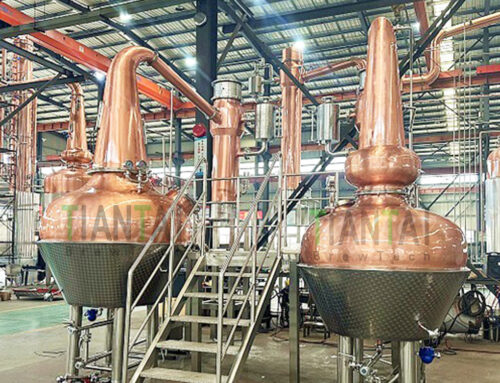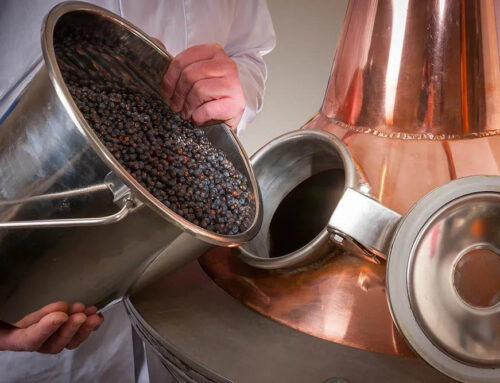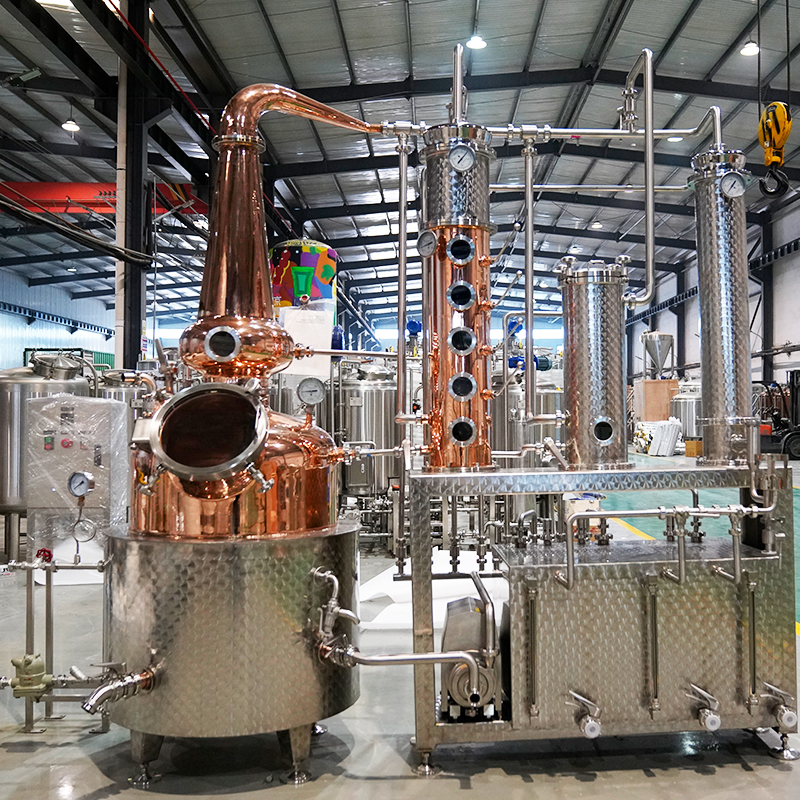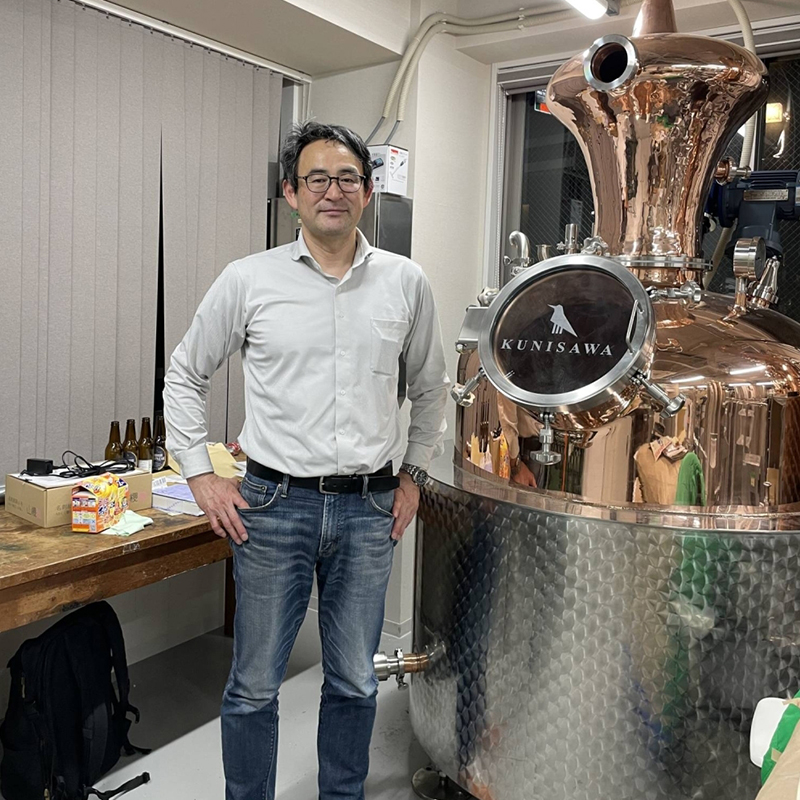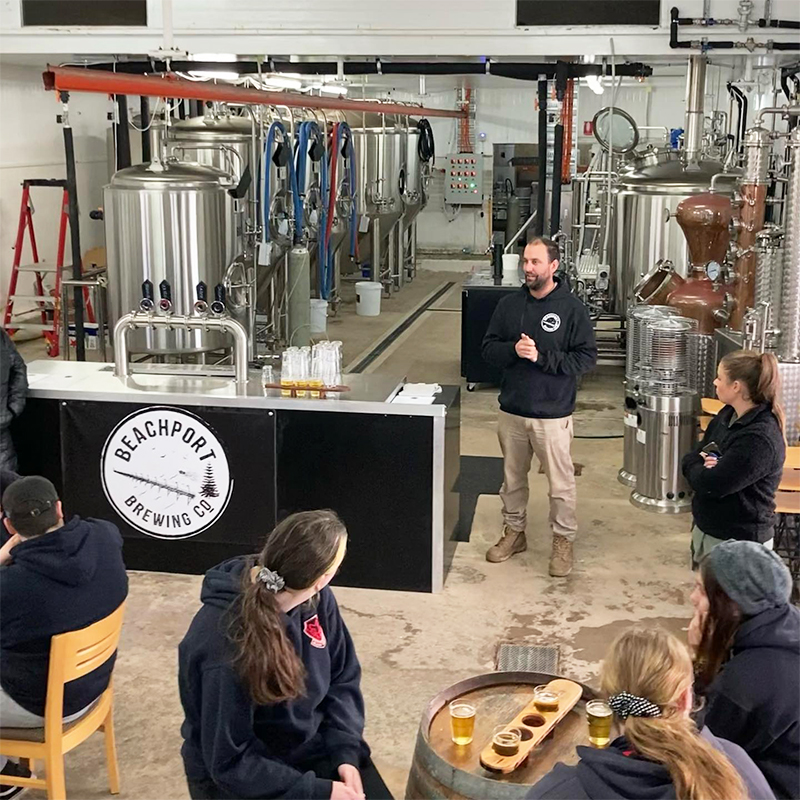
From Ancient Alembics to Modern Columns: The Evolution of Rum Distiller
The world of rum distillation has witnessed a remarkable transformation, distilling from the ancient terracotta alembic of Tepe Gawra in the 3rd millennium B.C. to today’s huge, fully automated continuous column stills. We will explore the diverse landscape of rum distillation apparatus and the rich history of spirits, with a focus on rum production.
The Fascinating World of Rum Distillation:
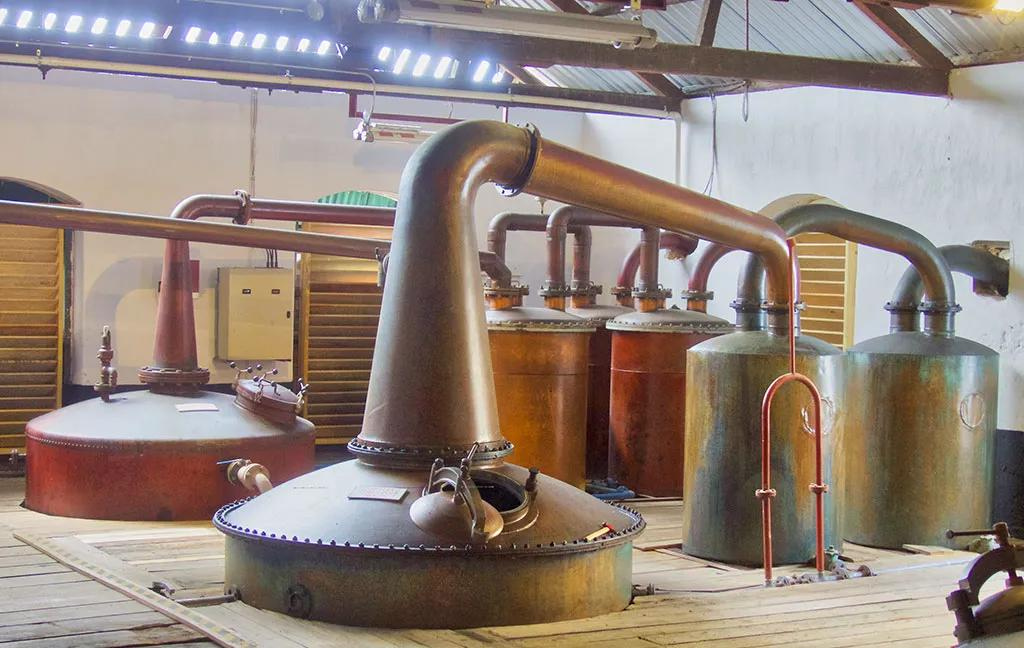
pot still with thumper for rum distillation
For rum enthusiasts, names like John Dore, Barbet, Vulcan, Rockley, Kettle, Stades, Coffey, and Savalle conjure up images of column metal structures, copper pots, elegant swan necks, vapors, and, of course, delightful spirits. The history of spirits, especially rum, is filled with ingenious inventors who have continuously improved distillation techniques, creating more efficient and higher-quality stills and columns.
The Origins of Distillation:
The origins of distillation can be traced back to Tepe Gawra in Mesopotamia, where the earliest distillation apparatus was discovered. The Babylonians used crude stills to produce mainly balsams and essential oils. The process was refined by the Greeks in the 4th century B.C. Later, Islamic scientists like Jabir Ibn Hayyan, Al-Razi, and Ibn Sina further developed distillation techniques. Notably, they discovered ethanol and enhanced the distillation process. In particular the condensation of steam to collect the precious liquid.
The Birth of Rum:
Arnaud de Villeneuve from Toulouse is said to have been the first to distill wine brandy. Thus, brandy was born, which was then used as a medicine and not to be drunk. Through the exchange of knowledge, the method of distillation spread to Europe.
In the 14th century, English and Dutch merchants, who bought large volumes of wine from Aquitaine (Bordeaux and Charente), got hold of it. They distilled the wine so that it would be able to cross the seas and time (otherwise it would turn sour). This is the birth of Brandwin or Brandy, which will later become Cognac.
As European explorers and colonizers ventured to the Caribbean and the Americas, they carried stills to distill molasses and cane juice, giving birth to rum. Although few records of these ancient stills remain, they significantly contributed to the development of rum.
Era of Advancements:
The 16th century saw the introduction of swan necks and cooling coils in stills, enhancing the collection and concentration of alcohol vapors. The technique of double distillation, and later, triple distillation, improved the quality and alcohol content of spirits like whiskey, cognac, and rum.
The 19th Century Revolution:
The 19th century marked a critical period for distillation technology, with many stills from this era still in use today. Notable inventors like John Dore, Georges Stades, and Aneas Coffey played key roles. Coffey’s patent for the column still in 1828 revolutionized the spirits industry by enabling continuous and faster distillation at higher alcohol concentrations. This invention quickly spread worldwide.

pot still with doublers for rum distillation
Integration and Diversity:
Starting in the 1930s, numerous pot stills and old columns were retired, leading to a decline in distilleries worldwide. The rum industry continues to concentrate, resulting in a loss of the diversity that once characterized the sector.
Nonetheless, some distilleries still employ a variety of machinery, including both columns and stills, often inherited from closed distilleries. The choice of a specific type of still or column has become a selling point, with more and more presence on labels. Additionally, hybrid stills, combining elements of pot stills and columns, are on the rise, reflecting a return to the roots of rum production.
The evolution of rum distillation has been a journey of innovation, from the rudimentary alembic of ancient times to the cutting-edge continuous column stills of today. While the industry has experienced consolidation, the legacy of diverse distillation apparatus and the revival of certain methods testify to the enduring appeal and adaptability of rum production.

